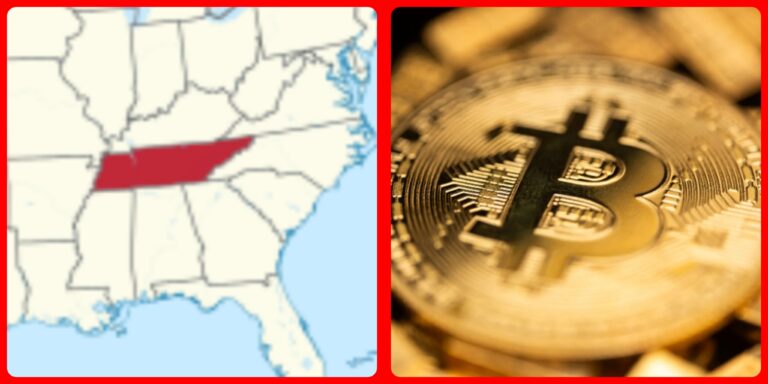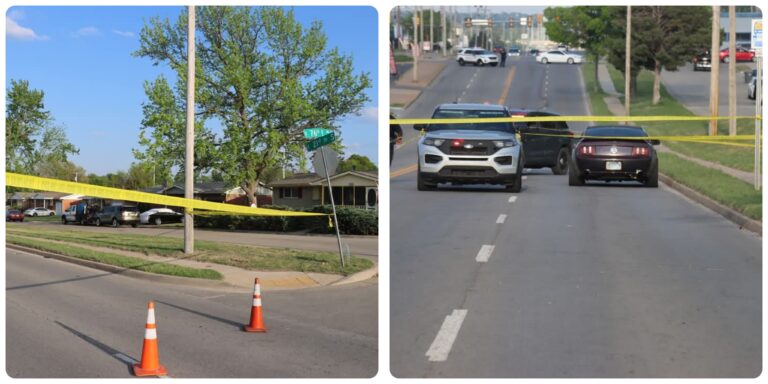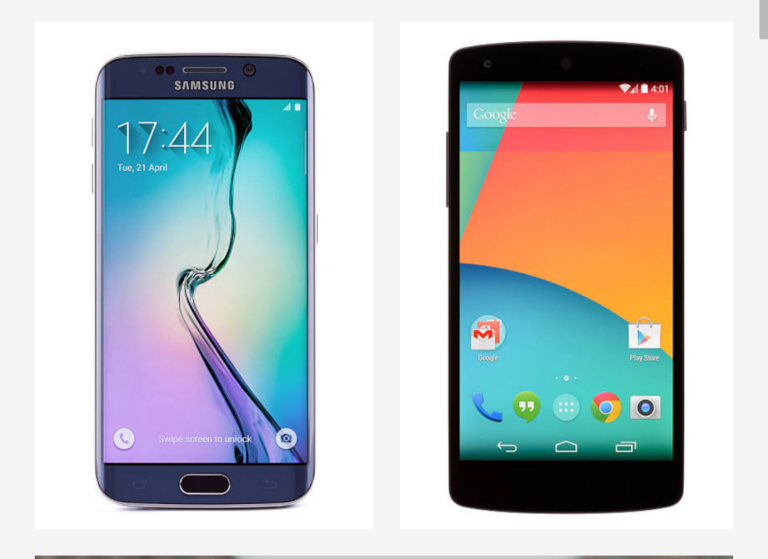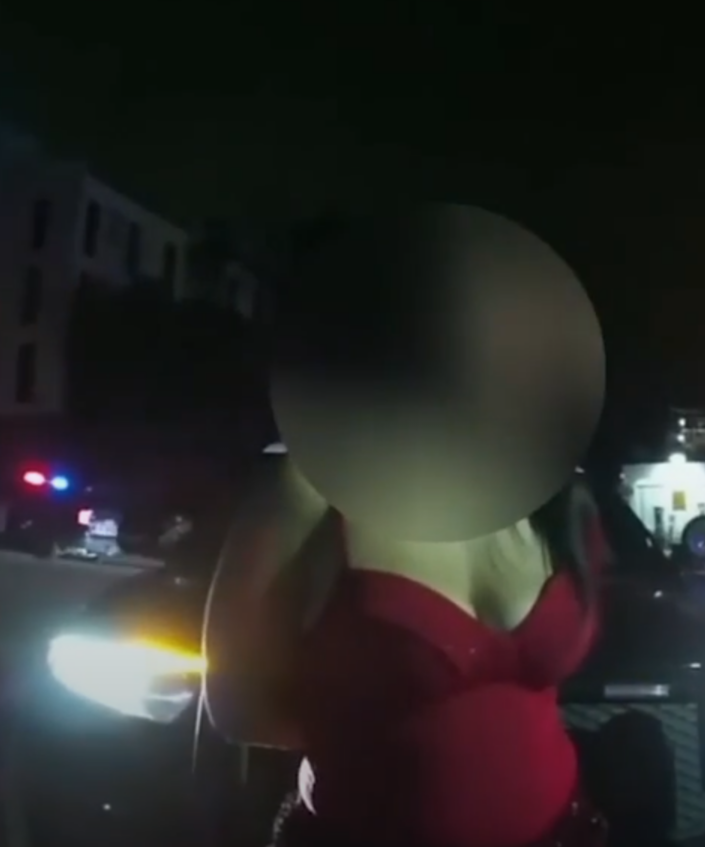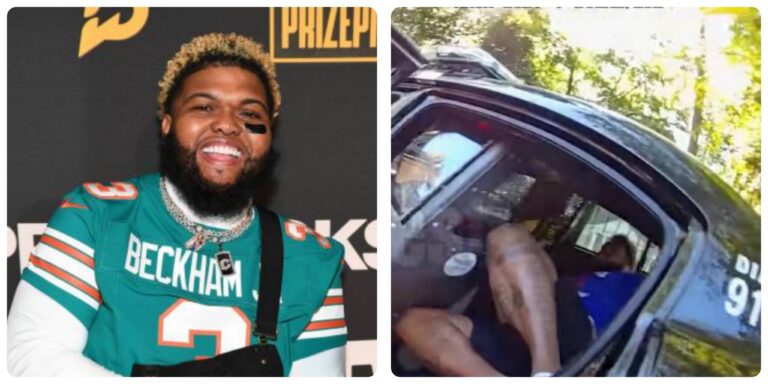
May 4, 2021- 2:43 p.m.
On the morning of April 19, Arkansas governor Asa Hutchinson posed on the steps of the statehouse in Little Rock, a big grin spread across his face. He was greeting guests who had come out to kick off “Save AR Students,” a campaign sponsored by the Arkansas Department of Human Services to discourage drug abuse in “collegiate communities.” The state’s attorney general, the surgeon general, the drug director, and other officials were joined in the sunshine by a few dozen students and activists, none of whom stuck out, except for one: Danney Williams, a man known among right-wing conspiracy theorists as “the Clinton Kid.”https://www.dianomi.com/smartads.epl?id=3533
Williams claims to be the illegitimate son of Hutchinson’s most famous predecessor, Bill Clinton. On Facebook — where he is verified under the name Danney Williams-Clinton and his avatar is an image of his face juxtaposed with a vintage snap of the former president, in which their vague but definitely not nonexistent resemblance is most pronounced — Williams posted a photo of himself standing alongside the state’s chief executive at the event. “It was a great pleasure meeting Arkansas Governor Asa Hutchinson at the Spring 2021 Save AR Students kickoff in Little Rock,” he wrote. “#SaveARStudents #SubstanceAbuseAwareness.” He added a link to a press release about the initiative from the Human Services Department.
When asked why Hutchinson had appeared with Williams on April 20, DHS spokesperson Amy Webb told New York, “I don’t speak on behalf of the governor. You’ll need to reach out to his office.” She added, “Every university and college in the state was invited and encouraged to bring students and staff, so I’m not sure who extended the invitation to Mr. Williams or if he saw the press release or media reports encouraging people to attend.” Hutchinson’s office did not respond to a request for comment or to two follow-up phone calls.
Then something odd happened: “Danney Williams-Clinton” deleted the photo.
Public figures pose for photos with all sorts of people all the time without having any idea who they are, after all, and with such habits come such obvious risks. One can never be certain that a supporter seeking a photo won’t turn out to be a source of embarrassment later on, and politicking simply moves too fast for everyone in a handshake queue to receive formal vetting before the moment of a brief meeting is immortalized in the cloud.
This is generally understood, though the understanding doesn’t mean the optics of a public figure’s arm slung around an unsavory character’s shoulder won’t lead to some problems. Less common is a potentially controversial photo of a politician disappearing from social media just after the politician started receiving questions from the press about the photo. So why did the Republican governor from Arkansas appear on the steps of the statehouse with the star of a conspiracy theory famous among Arkansas Republicans? And why did the photo of their meeting vanish?
In the twilight of his final term in office, Hutchinson has done little to appeal to the types of conservatives who would appreciate a subtle gesture to legitimize Danney Williams-Clinton. On his way out the door, a decision to veto a bill that would restrict access to health care for transgender youth has turned the MAGA hordes against him
: Donald Trump called him “the lightweight RINO Governor of Arkansas”; Tucker Carlson welcomed him on the air to thrash him around like a chew toy; and Sarah Huckabee Sanders, who’s running in the primary to replace him in 2022, is promising a conservative restoration, like MA(rkansas)GA. “‘Bye-bye Asa,’ that’s the end of him!” Trump said. “Fortunately for the Great State of Arkansas, Sarah Huckabee Sanders will do a fantastic job as your next Governor!” In other words, there wouldn’t be cause to think Hutchinson had asked Williams to the statehouse to pay respects to the disrespected rightful heir to the Clinton dynasty.
The rumor of the un-immaculate conception of Danney Williams has rumbled in Arkansas since around 1985 — when he was born to a Little Rock sex worker who alleged that Clinton had become a frequent customer after meeting her while out for a jog near the governor’s mansion one morning in 1984 — and in supermarket tabloids and fringe conservative media since 1992, when Clinton’s enemies successfully planted it in checkout-aisle rag The Globe. Throughout the rest of the pre-Lewinsky ’90s, “Clinton Kid” chatter popped up every once in a while, even making the mainstream press and Jay Leno’s late-night monologue after an admittedly fishy report that a paternity test had confirmed Clinton was not the father.
But the story never gained the momentum of other passages from the “vast right-wing conspiracy” canon, like Whitewater or “Troopergate” or the “Clinton Body Count.” This, despite the fact that, as far as Clinton allegations go, it didn’t sound so far out there: Is it that hard to picture Bill Clinton encountering a sex worker and deciding to personally create a job? A similar story served as a plotline in Primary Colors, the novel turned movie largely understood to be about Clinton, written anonymously by Joe Klein, the former national correspondent for New York Magazine.
Still, the story hummed in the background, as these things tend to do, and ahead of the 2016 election, Roger Stone, the longtime “political dirty trickster,” did his best to resurface it to wound Hillary Clinton, as he tends to do. He devoted considerable space to the saga in The Clintons’ War on Women, the guide to Clinton oppo that he co-authored with Robert Morrow, an anime- and porn-obsessed professional conspiracy theorist and genuine freak who later got himself elected as the head of the Republican Party in Travis County, Texas.
(To give you an idea of how loony Morrow is: His collaboration with Stone ended because Stone thought he was too nuts.) On the evening of the final 2016 presidential debate in Las Vegas, Williams waded into the public for the first time when he held a press conference a short drive down the Strip, where he failed to answer questions about his association with Stone or the Trump campaign. The press conference was gleefully hyped by alt-right troll Baked Alaska, who chased me around the venue while streaming live on Periscope. (More recently, Baked Alaska was arrested for his role in the deadly January 6 insurrection at the Capitol.)
When the 2016 campaign ended, so did Williams’s relevance. Beyond sharing the odd semi-viral meme on social media or wishing Clinton a happy Father’s Day, he drew scant attention from the very people who had been so eager to take up his cause when they needed to wield it as a political cudgel.
When Williams would share glimpses of his real life — photos of his own small children or his mother — there was a certain ickiness or eeriness about it. What was worse: If he genuinely believed he was the former president’s son, or if he had been convinced to pursue the story for profit or attention? Whatever his motive, this was a life defined by what it was missing.
Williams was like dozens of other people connected to political scandals and rumors and oddities who never achieved the kind of fame that would grant them influence and, by extension, the chance to find some kind of purpose in the chaos. What was left was just kind of sad.
The Vegas stunt was where I met Steven Gray, who has known Williams all his life and acts now as a sort of informal spokesperson for his weirdly sort-of-famous-among-some-people friend. Gray had been invited to speak in Little Rock on April 19 in his capacity as the “Prevention, Substance Abuse Collegiate Program Coordinator,” per a Department of Human Services press release. Reached for comment, he said Williams had come to the event to support him and the cause. (He then asked if I would consider collaborating with Williams to author an official biography of “the Clinton kid.”)
Williams didn’t respond to messages asking why he had deleted the photo or whether anyone associated with Hutchinson or the governor’s office had asked him to, though read receipts show that he did see them. Meanwhile, Gray claimed Williams had deleted the photo for reasons relating to vanity: “He said he just didn’t like the picture. He said it looked like his eyes was closed.”
After Hutchinson’s office failed to respond to follow-up questions and calls over the course of a week, I asked a friend connected to the state’s Republican Party for some help. On April 29, a spokesperson for the governor, Katie Beck, finally called me back. She would only speak off the record.
But there’s a crack in everything. In an official photo of the April 19 event, a man stands in the crowd behind Governor Hutchinson. If you don’t zoom in too much but you look real hard, he almost looks like Bill Clinton. Asa Hutchinson posted that photo on Instagram.


